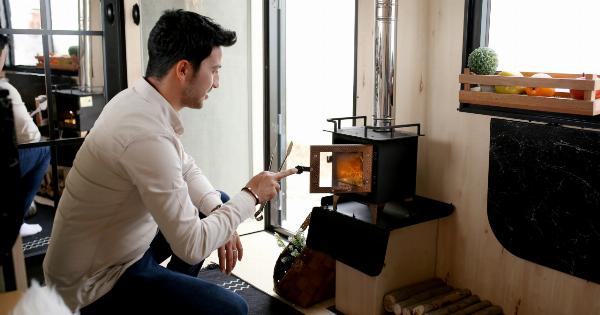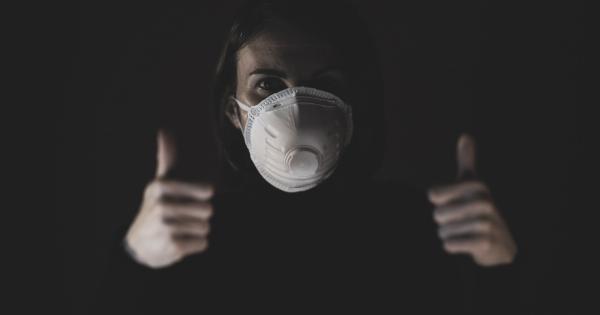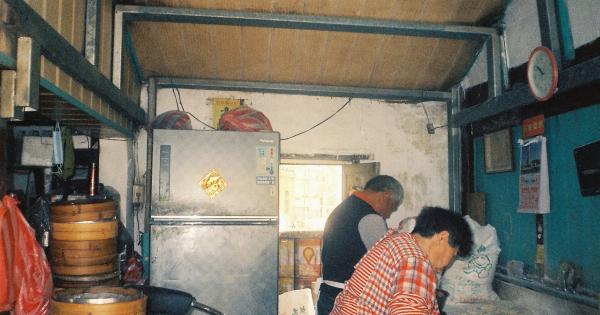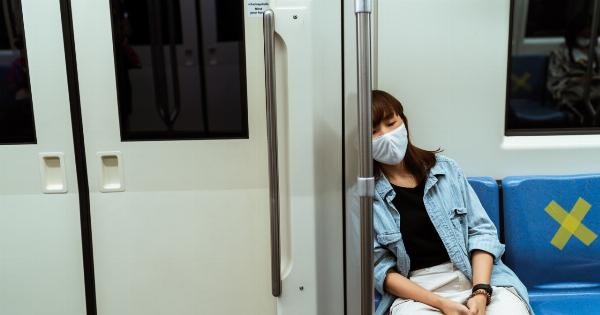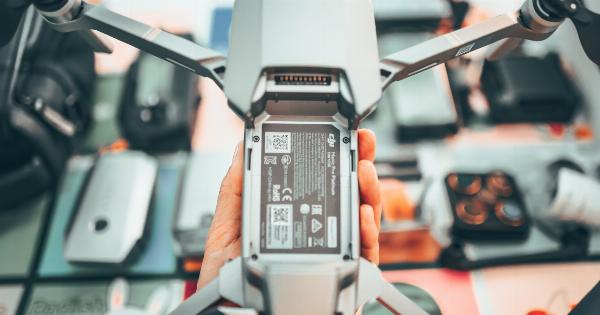There is a silent killer lurking in every household, responsible for a staggering number of deaths each year. This villain goes unnoticed in our day-to-day lives, often overlooked as a harmless necessity.
However, it poses a grave danger, leading to over 1.6 million deaths annually. In this article, we uncover the truth about this household villain and explore the measures we can take to protect ourselves and our loved ones.
The Endless Peril of Carbon Monoxide Poisoning
Carbon monoxide (CO) is an odorless, colorless gas that is released from burning charcoal, gas, kerosene, oil, wood, or propane.
It has earned the infamous reputation of being the “silent killer” because it is virtually undetectable without the aid of a carbon monoxide detector. Each year, it leads to a significant number of deaths and non-fatal poisonings worldwide, making it a serious public health concern.
Understanding the Sources of Carbon Monoxide
The most common sources of carbon monoxide in households include faulty heating systems, poorly vented gas appliances, blocked chimneys, and malfunctioning water heaters or stoves.
Other potential sources may arise from poorly maintained or malfunctioning vehicles or generators indoors, especially during power outages.
Invisible Threat: How Carbon Monoxide Works
Carbon monoxide disrupts the oxygen-carrying capacity of red blood cells. When inhaled, it binds tightly to hemoglobin, preventing it from binding with oxygen.
This reduces the amount of oxygen carried throughout the body, leading to tissue damage and eventually death if exposure is prolonged or in high concentrations.
The Warning Signs and Symptoms
Recognizing the signs of carbon monoxide poisoning is crucial for early detection and preventing fatalities. The initial symptoms are often mistaken for flu-like illnesses, causing them to go unrecognized until it’s too late.
Common symptoms include headache, dizziness, nausea, vomiting, chest pain, confusion, and loss of consciousness. Prolonged exposure can cause permanent neurological damage or even death.
The Importance of Carbon Monoxide Detectors
Investing in a carbon monoxide detector is one of the most effective ways to protect your household from the silent threat of carbon monoxide poisoning.
These devices emit audible alarms when the gas reaches dangerous levels, providing a crucial early warning system. It is essential to install carbon monoxide detectors in every area of your home where fuel-burning appliances are present, particularly near bedrooms and sleeping areas.
Preventing Carbon Monoxide Poisoning
Prevention is key when it comes to carbon monoxide poisoning. Here are some essential steps you can take to safeguard your household:.
1. Regular Maintenance and Inspections of Heating Systems
Ensure your heating system is inspected annually by a certified professional. Regular maintenance and cleaning of furnaces, boilers, and chimneys are vital to prevent carbon monoxide leaks.
2. Proper Ventilation for Gas Appliances
Gas-powered appliances such as stoves, ovens, water heaters, and dryers should be adequately vented. Ensure vents are free from blockages, and always follow the manufacturer’s guidelines when installing or maintaining these appliances.
3. Avoiding Indoor Use of Charcoal or Portable Generators
Never use charcoal grills, propane stoves, or generators indoors. These items produce copious amounts of carbon monoxide and should only be used in well-ventilated outdoor spaces.
4. Adequate Ventilation for Vehicles
When running a car in confined spaces, such as a closed garage, always ensure proper ventilation. Never warm up your vehicle with the garage door closed, as it can quickly lead to a buildup of carbon monoxide.
5. Awareness of Symptoms and Prompt Action
Stay alert to the signs of carbon monoxide poisoning. If you or anyone in your household experiences symptoms such as headache, dizziness, confusion, or nausea, immediately seek fresh air and consult medical help.
The Global Impact and Awareness
Carbon monoxide poisoning is a global issue that affects millions of households worldwide. Several organizations and agencies are actively working towards raising awareness about this silent killer.
Governments have implemented regulations, requiring carbon monoxide detectors in new constructions and rental properties.
Building awareness through education campaigns can help reduce the occurrence of carbon monoxide poisoning.
Understanding the risks and taking preventive measures remains the most effective way to curb the alarming number of deaths caused by this household villain.





